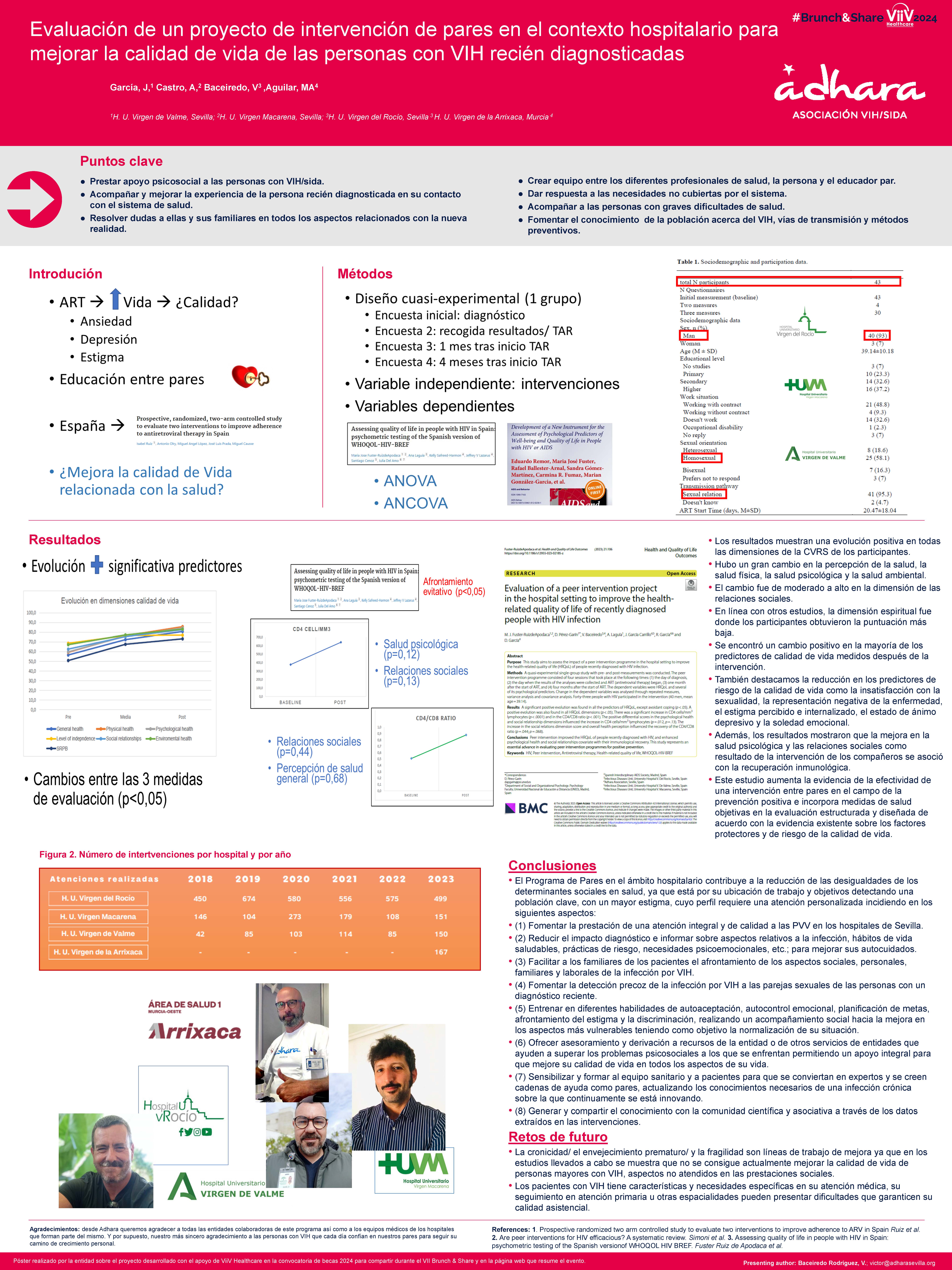Resumen
Introduction In Spain, the sexual route is the main route of transmission in new HIV diagnoses. Men who have heterosexual relations are the second group with the highest incidence of new HIV cases and have the highest rates of late diagnosis in Spain. Planning the response to the HIV epidemic requires specific and updated information on this group. This study aims to analyze sexual practices and frequency of condom use in heterosexual and bisexual men and identify variables that explain inconsistent condom use in vaginal intercourse. Methods The sample consists of 386 men between 18 and 57 years of age ( M = 24.61; SD = 6.74). Results The results indicate that the percentage of consistent condom use in vaginal intercourse is 64.9%. Not consuming drugs before sexual intercourse, perceiving a high self-efficacy for condom use, and good assertive communication skills are factors that positively influence condom use. In contrast, a high level of sexual compulsivity is a risk factor. The proposed model explains between 29.1% and 40% of the variance. Conclusions and Policy Implications. Preventive actions implemented in this group should include work sessions that focus on developing assertive skills, reducing risks associated with drug use, and providing cognitive strategies to cope with compulsive sexual thoughts.






